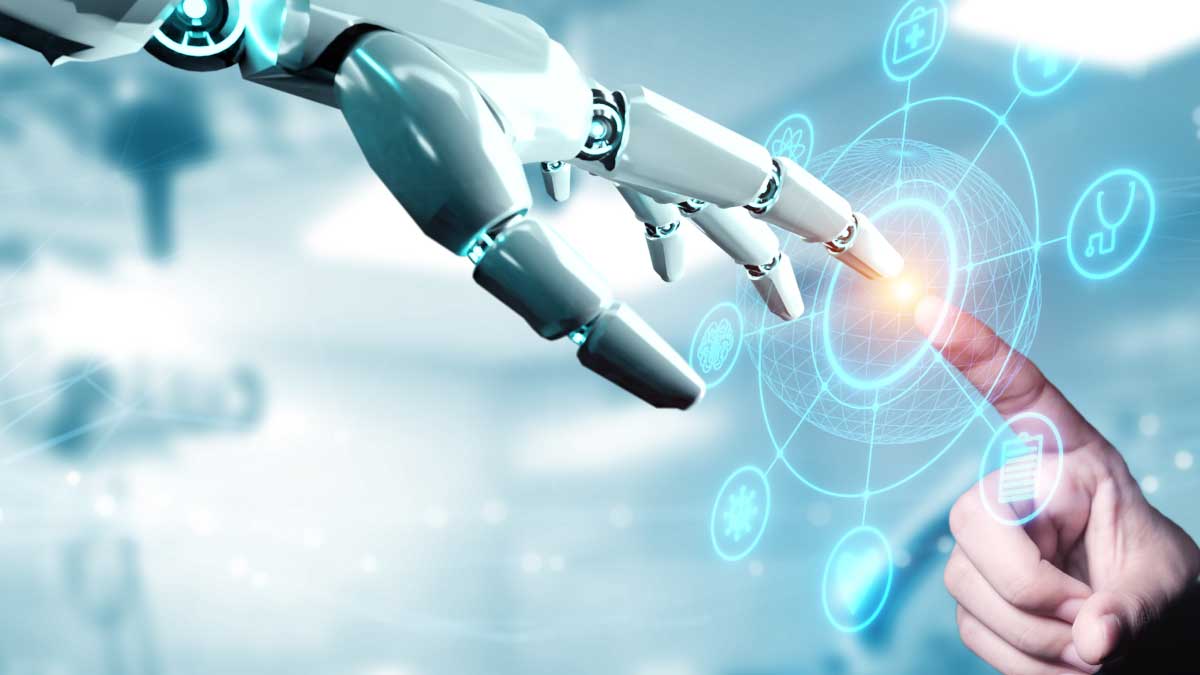
Human vs. AI Screening: Impact on Candidate Experience
When it comes to screening candidates, the tug-of-war between human beings and artificial intelligence (AI) is a unique set of challenges and opportunities, especially when you think about how it will affect the candidate experience. As companies try to improve their hiring processes while still giving people a good experience, it’s important to know the differences between AI and human screening.
AI Screening
The way we hire people has changed a lot because of AI screening methods like resume scanning, automatic interviews, and predictive analytics. Companies can quickly sort through thousands of applications with these tools, which are the most efficient of their kind. They make it easier to be consistent when judging people based on set criteria, which lowers the chance of making a mistake. However, this efficiency comes at a cost. Candidates may feel like they are just another number in a huge group of applicants because of the lack of personalization and the chance of automated bias. This makes the overall candidate experience worse.
Human Screening
Human screening is an important part of the hiring process because it lets people give and receive personalized feedback. A candidate’s passion or unique nonverbal cues during an interview are things that recruiters can pick up on that AI might miss. However, there are some problems with this method. Whether people are aware of it or not, bias can change how they see things and make choices, which could mean that suitable candidates are missed. Also, candidates may not be able to wait as long for responses when checking applications by hand, which can make them question the business.
Effects on the Job Seeker Experience: AI Screening
AI screening can make the application process much faster by giving people comments and updates on the state of their application more quickly. People looking for jobs today value this sense of urgency. Still, the impersonal nature of AI encounters and the feeling of not being understood by automated systems can make the candidate’s experience worse, making them feel cut off from the possible workplace.
Using Both Humans and AI for Screening
The solution might lie in a method that uses the best parts of both AI and human screening. This mix can make the hiring process more effective while still giving candidates the human touch they want. AI can do the first round of screening to cut down the applicants, while human recruiters can make the final choice, which requires a level of humanity and understanding that AI can’t match. Using this method not only makes operations run more smoothly but also improves the job application experience, as can be seen in several case studies of companies that have used these combined strategies effectively.
Best Practices for Making the Job Application Process Better
Companies can use many best practices to improve the application experience even more in this hybrid approach. Even if they are automated, personalized contact tactics can make job candidates feel like they are important and valued. Being clear about the AI tools used in the screening process and what they’re for can help candidates feel less nervous about the process. Adding a human touch to key parts of the hiring process can have a big effect on how candidates feel about their interaction with the company.
Future Trends
The employment industry is about to see more changes that could improve the experience of candidates. As AI technology improves, it will be able to do more complex and nuanced analyses, which could lead to a more personalized relationship with applicants. AI systems and human recruiters will need to keep giving each other feedback in order for these tools to get better at helping both business and job candidates.
